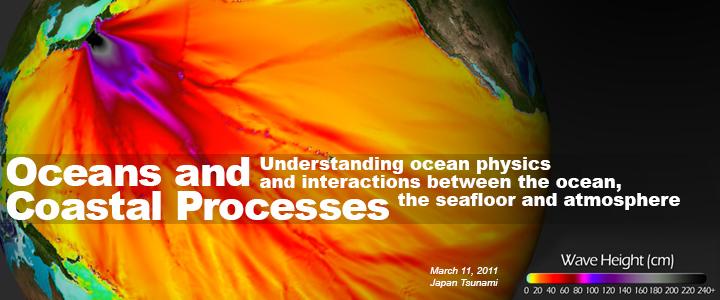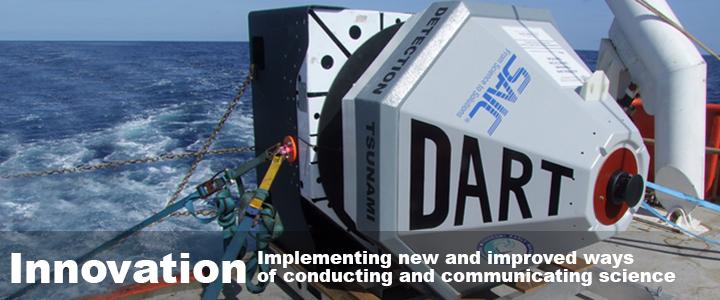What's New
As the 2025 hurricane season ramps up, NOAA will be testing small, uncrewed instrumented sailboats built by a robotics company to capture weather and ocean data in the path of tropical storms. The observations from these robots will help scientists understand how hurricanes do or don't intensify, which helps meteorologists provide better hurricane forecasts.
NOAA's Pacific Marine Environmental Laboratory will be playing a critical role in the mission. Its Science Data Integration Group (SDIG) receives data from NOAA-contracted Uncrewed Surface Vehicles. With support from NOAA's Global Ocean Monitoring and Observing Program, and Office of Marine and Aviation Operations, SDIG invented and custom-built automated processes that receive data, assess data integrity, and distribute data within minutes on the World Meteorological Organization's (WMO's) Global Telecommunications System (GTS) for use by NOAA and global operational weather forecast centers.
That's just one of the key services developed by PMEL's SDIG. This group is the foundation of PMEL's data management... more
PMEL in the News
A specialized plane, camera and a crew of four are in Alaska to understand the ecosystems of the Bering and Chukchi seas. UW CICOES / NOAA PMEL scientist Jiaxu Zhang, the ArcticAIR project lead, is quoted.
[Podcast] Today on Future Tense on ABC Radio National, we'll look at the progress of two ocean-related initiatives, efforts where nations, non-governed organizations, and companies, are coming together to build a framework for how we regulate and protect...
The quake in Russia on Wednesday was among the strongest ever recorded — but in many places, the resulting wave was small.
Feature Publication
Carefully enhanced wastewater could one day benefit coastal marine resources
The continual rise of carbon dioxide in the atmosphere isn't just changing weather patterns, it's also silently altering the chemistry of the global... more








